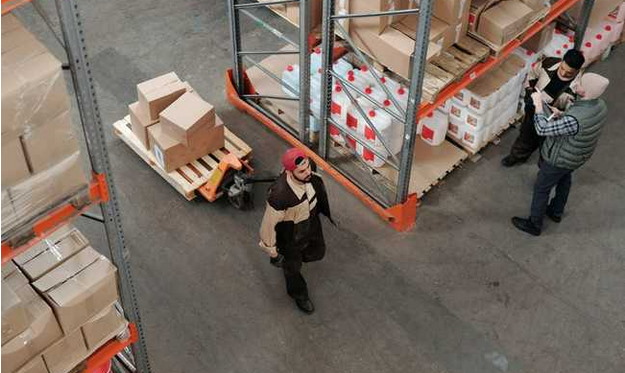How to Pack for Storage Lockers: A Complete Guide
- Written by Digital360

Not all products make it to consumers immediately. Between the ebb and flow of supply and demand and seasonal offerings, many products are wait in storage until needed.
It's important to understand the factors that cut the longevity of stored products and pick industrial packaging supplies accordingly.
The materials used to pack a storage locker affect the longevity of products, and options such as wooden crates, plastic pallets, and shrink wrapping all have pros and cons.
Keep reading for information on material choices and packaging techniques to keep your inventory fresh and secure.
Packaging Materials
Ideally, once you put an object into a crate, it becomes immune to the outside world. In reality, elements trapped within crates continue unabated. Packaging also needs to be lightweight and easy to procure to aid your operation's long term sustainability.
Of course, no one material serves all purposes. It's best to select what you need on a case by case basis.
Wooden Crates
Wood products are easy to build and easy to modify. Unlike plastic moulding, which requires specifications ahead of time and is built on a one-off basis, wooden crates enjoy customization options.
Wood is easy to repair and easy to reuse. It's a snap to modify a wooden crate for abnormal sizes or to reinforce heavier than normal loads. This customization on the fly keeps your transport crates viable across a changing inventory.
Moisture is a key concern in storage and packaging situations. Moisture itself represents harm in terms of warping, oxidation, and pathogen incubation.
While plastic is more water-tight than wood, it isn't absorbent. Quality wooden crates trap moisture by pulling it away from other objects rather than simply trapping it.
Couple wooden crates with heat shrink wrapping, and you significantly reduce dangers and prolong product longevity. Paul from AXIS Industrial says, "Packing is best done in concert. You want a tight protective layer and a bulk protective layer."
Plastic Crates
Of course, there are still many reasons to use plastics, especially in the form of plastic pallets. Pallets offer breathability and stackability.
Plastics are durable and can take a beating. For issues where shock absorption is needed or consistent abrasion is likely, plastic pallets perform. Couple pallets with plastic bins to make storage and transportation of small objects safe and affordable.
Not all plastics are the same. The ones used by AXIS Industrial are recycling-friendly.
Packaging Technique
How you go about packing a storage locker is also important.
Remember that materials have weight, and weight plus time equals damage. You want to stick with the simple physics knowledge and put the heavy stuff on the bottom and lighter stuff on top.
Temperature control isn't always at a premium with a storage locker, so the packaging needs to offer good temperature retention/repulsion through the day/night cycle.
Heat, abrasion, and moisture are the three things to mitigate in a storage situation.
Crate material helps with each of those, but you want extra protection by adding insulators and shrinkwraps that hold smaller subsets of items. This aids in pulling out portions of a stored product and provides some quick and dirty visual cues of tampering or damage.
Remember to inspect goods periodically to ensure that your packaging choices are adequate for your needs.



